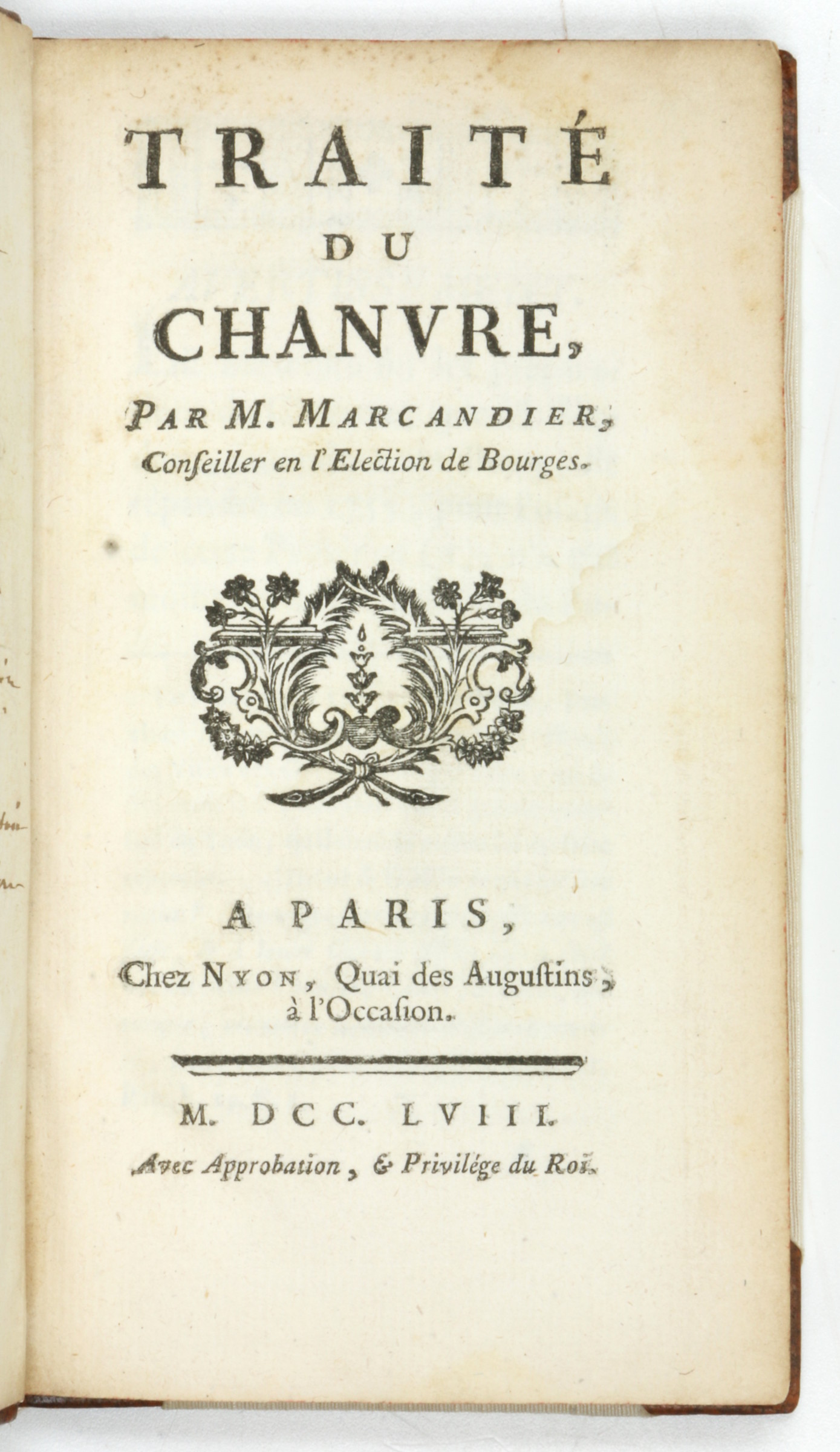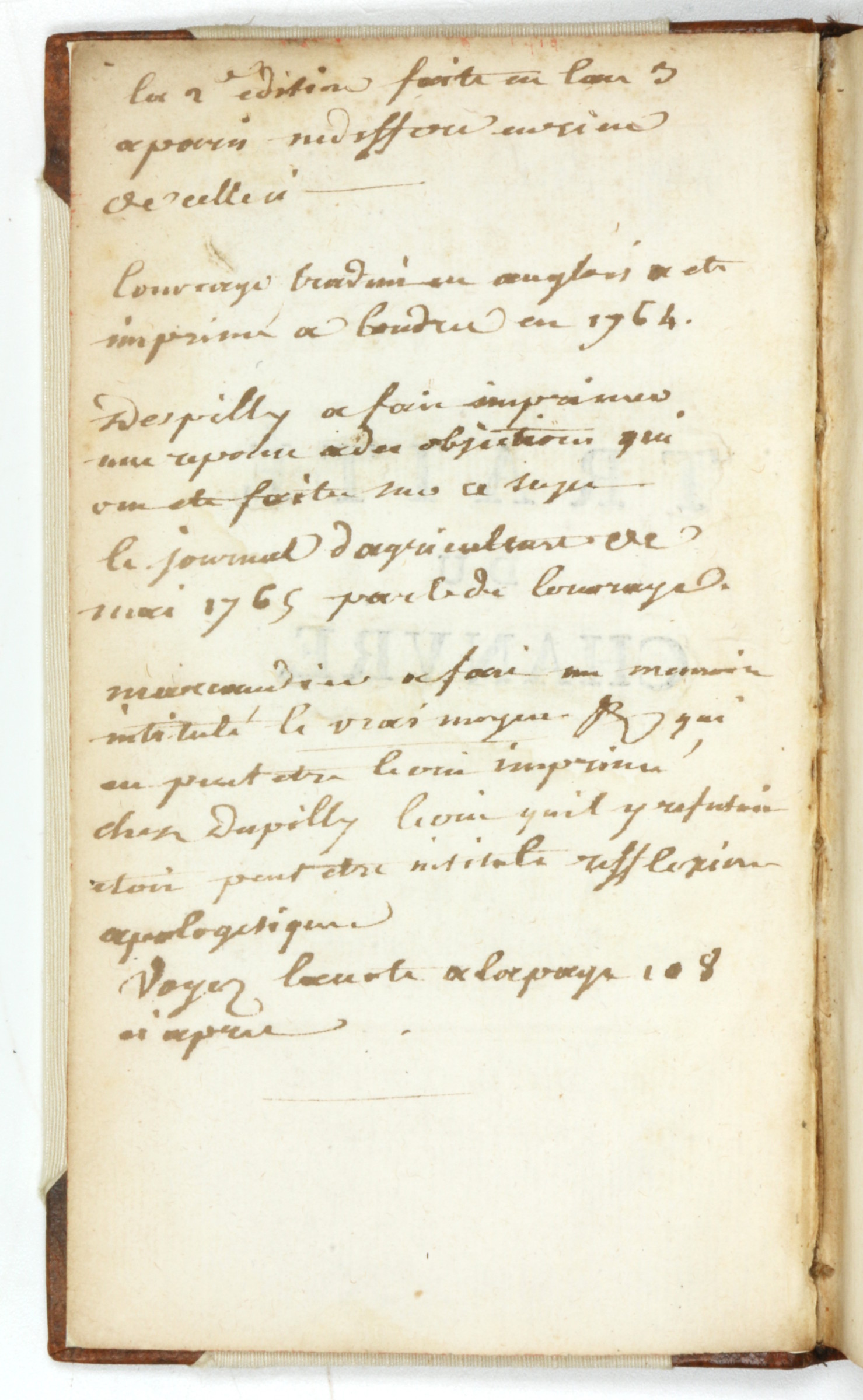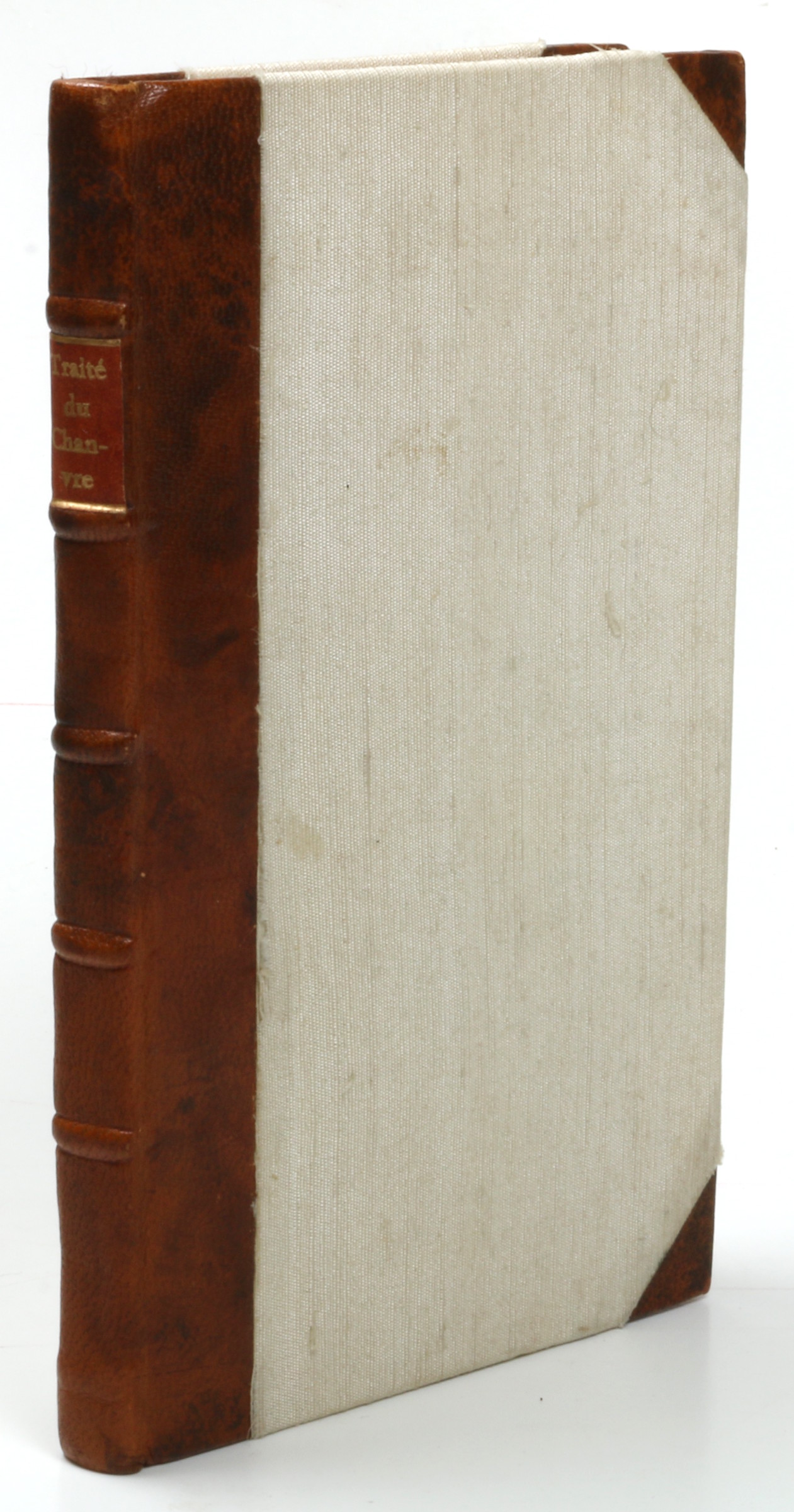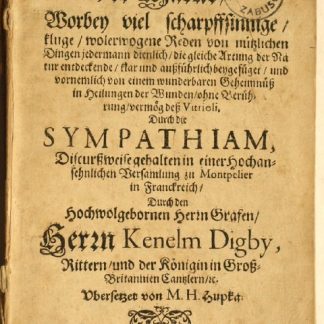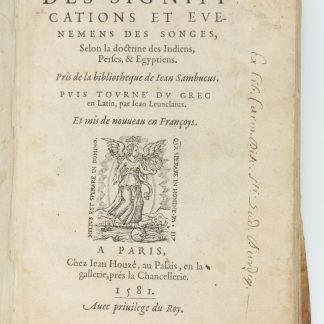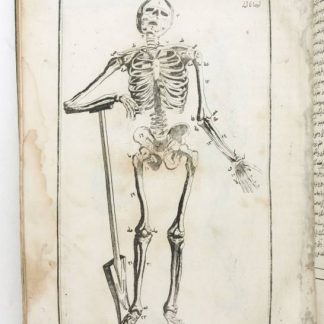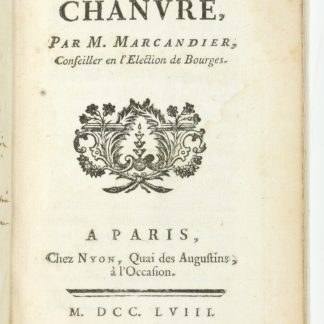"Mixed into a drink, it renders those who use it drunk, stupid, and dazed; they say that the Arabs make a sort of wine of it, which intoxicates..."
Traité du Chanvre.
Small 8vo. (4), VII, (1), 138, (2) pp. Modern half calf with giltstamped red spine label, light cloth covers. All edges red.
€ 3,500.00
Rare first edition of one of the earliest treatises devoted exclusively to cannabis, extolling its virtues as a medicine, industrial fibre, seed oil, soap, animal feed, and so on. Marcandier in particular recommends the cultivation of the plant in the "Nord d'Amerique" (p. 46), and indeed the Traité du Chanvre was read by perhaps that region's most famous hemp enthusiast, George Washington - whose library contained a copy of the English translation printed in 1764, cataloged as Wa/549.
Marcandier begins with a scholarly account of the herb as it was known to the Romans (quoting Dioscorides, Pliny, and Herodotus), presenting intriguing theories of the etymology of the term cannabis: from the Celtic canab; the Greek kanna; the Hebrew kanneh; the Latin canna; etc. Although he is most concerned with its cultivation and medical applications, in his surveys of cannabis in non-European cultures we find descriptions of what can be termed 'recreational use': for example, "the Hottentots use a plant, named Dakha, instead of tobacco, or at least mix them together, when their provision of the latter is almost exhausted. They say that it is a kind of wild hemp" (pp. 19f.), while the 'flour' (farine) of the plant mixed into a drink "renders those who use it drunk, stupid, dazed; they say that the Arabs make of it a type of wine, which intoxicates" (p. 37).
Evidently drawing on personal experience, Marcandier describes the female flower as a "tender, sweet, and oily, white kernel, of a strong smell, that intoxicates when it is fresh" (p. 28) and even gives lengthy advice on how to inspect and purchase good-quality hemp (p. 76) and how to dry the plant properly, to avoid 'black spots' i.e. mold from forming (p. 54).
Cannabis is also recommended for myriad medicinal uses: "The grain and the leaves being squeezed, while they are green, and applied, by way of cataplasm, to painful tumors, are reckoned to have a great power of relaxing and stupefying ... The root of it boiled in water, and applied in the form of a cataplasm, softens and restores the joints of fingers or toes that are dried and shrunk. It is very good against the gout, and other humours that fall upon the nervous, muscular, and tendinous parts. It abates inflammations, dissolves tumours, and hard swellings upon the joints. Beat and pounded in a mortar, with butter, when it is still fresh, it is applied to burns, which it relieves greatly when it is often renewed" (pp. 38, 40f.). Marcandier also finds it useful as a spermicide (p. 35) and against gonorrhea, jaundice, smallpox, and 'vermin of the ear'.
A few contemporary ink annotations throughout. Provenance: from the library of the noted French botanist Philippe de Vilmorin (1872-1917) with his bookplate and separate shelfmark label ("a progenie in progenies") to pastedown. An excellent copy. Very rare: OCLC records 8 copies in US institutions (Chicago, Princeton, Lloyd Museum (OH), American Philosophical Society, Carnegie Mellon (Hunt Institute), Harvard, Minnesota, and the JCB).
Not in Kress. Cf. Clarke & Merlin, Cannabis: Evolution and Ethnobotany (University of California Press, 2013), p. 202; and Gibson, "Bibliotheca Cannabinacea", in: Journal of Industrial Hemp 13 (2008), pp. 176-188.

